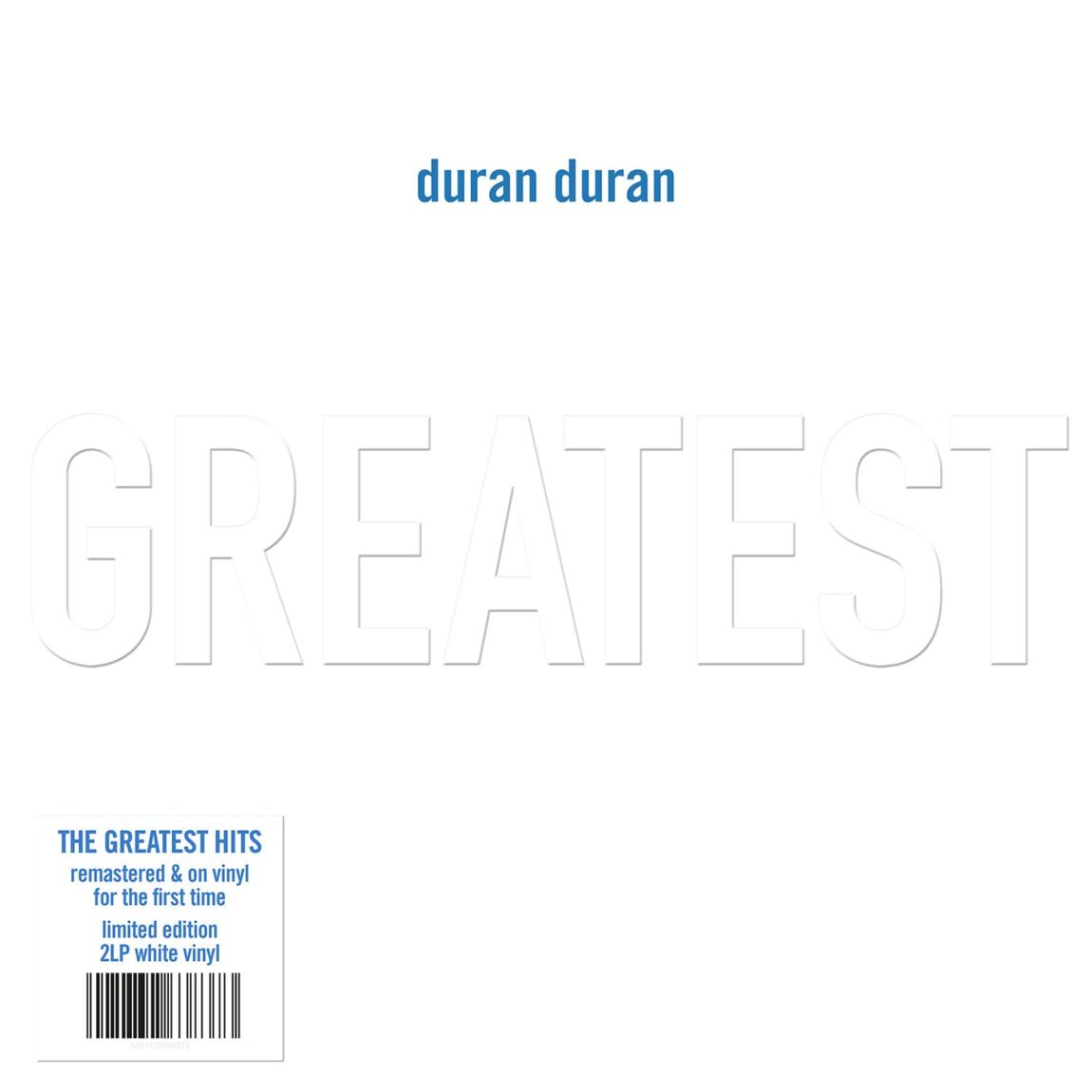Wednesday, 10 May 2017 Written by Graeme Marsh
When Duran Duran released their second album, ‘Rio’, in May of 1982, the power of the music video as a promotional tool had barely taken off. Aside from the legendary Queen video for Bohemian Rhapsody – put together in a matter of hours and subsequently aired on Top Of The Pops – the marketing possibilities had yet to be adequately explored, particularly in relation to sales.
That lack of attention was soon to be rectified. When MTV launched in August of 1981, a whole new way of selling records presented itself. Kicking off with the aptly named Video Killed The Radio star from the Buggles, the television station quickly took off and labels were suddenly able to beam the latest bands directly into living rooms in all their jaw-dropping splendour.
An important shift in genres was also occurring and tied in perfectly with the newly enhanced technology. As punk fizzled out it was replaced by new wave and, most fittingly, the New Romantics, who brought with them dazzlingly colourful outfits, captivating, gender-blurring personalities and outrageously artistic hairstyles.
An early pioneer of the music video format was Australian director Russell Mulcahy, who helmed Video Killed The Radio Star and quickly saw the potential in the medium. The stars aligned as the New Romantics arrived at the same time to utilise the power of short cinematic films coupled with vivid, flashy pop stars.
Mulcahy’s other memorable – often groundbreaking – videos include Kim Carnes’ Bette Davis Eyes, the Vapors’ Turning Japanese and the iconic part-black and white, part-colour mini movie epic Vienna for Ultravox.
His most iconic work, though, perhaps lies with Duran Duran, who were also fast developing into a considerable force. After a 12 month spell that saw them fronted by several lead singers including Stephen Duffy, they had finally settled on Londoner Simon Le Bon, whose imposing, charismatic presence impressed the rest of the band, along with his book full of poems.
“He had a notebook full of lyrics,” founding member and keyboardist Nick Rhodes told the Guardian in 2015. “He felt like a leading man. He had that confidence,” bassist John Taylor added. “He looked the part,” continued Rhodes. “He had the now quite well-known pink leopardskin trousers on [...] also his name was Le Bon, and we were all discussing it: ‘That can’t be his real name, surely?’”
The first gig with the classic line-up came in July 1980 at Birmingham’s Rum Runner, but things moved on quickly as their reputation grew. They were helped by a support slot on a Hazel O’Connor tour post-Breaking Glass that would lay the foundations for a record deal with EMI.
Soon after, in June 1981, the band put out their hugely successful self-titled debut album. Reaching number three in the UK album chart, it contained a couple of the band’s most memorable tracks: Planet Earth and Girls on Film. Both boasted accompanying videos and the clip for the latter was put together by former 10cc members Kevin Godley and Lol Crème, who had successfully turned their hand to directing.
It would become infamous, requiring an edit for television airplay, and pushed the band further into the limelight, while Planet Earth found them working with Mulcahy for the first time. “We were tremendously lucky to meet him when we did,” John Taylor told Billboard. “He was a pioneer in this medium.”
The importance of the pop video would soon become a whole lot more obvious to the band for their follow-up album, ‘Rio’. Specifically, MTV play pushed Hungry Like The Wolf, the lead track from the LP, over the top. The film, directed by Mulcahy in Sri Lanka and starring model Sheila Ming, was swept up by a network keen to sate an eager audience. The exposure led to Duran Duran cracking the US charts for the first time, while Mulcahy’s video picked up a Grammy.
“I know the videos look as if we spent a lot of money, but it was only 20 grand,” Rhodes told the Guardian. “We had no sense of what video was,” added John Taylor. “We were students of the game in every other respect and knew where we wanted to play when we got to New York, knew what we wanted on the covers of our albums, knew what we wanted in our rider, but video was a completely new thing and we just went with the flow.”
Going with the flow would also include Andy Taylor being hospitalised with a tropical virus following the shoot for Save A Prayer, which would also find Roger Taylor getting caught between two amorous elephants.
As well as the huge new power the band wielded thanks to Mulcahy’s videos, their songwriting hit a magnificent peak just at the right time. As John Taylor explained to Complex Music in 2012: “That whole album – we didn’t have to try too hard. We didn’t have to try at all, actually. There’s a time when you are lucky enough when your talent will sort of intersect perfectly with what’s going on. You are just perfectly poised to sort of express the moment. We were definitely in that place on ‘Rio’.”
Mulcahy would shoot videos for five of the nine tracks on ‘Rio’ and, despite the music being of unparalleled quality, his influence on their success was paramount. As Rhodes admitted: “Video is to us like stereo was to Pink Floyd.” Now reaching an incredible 35 years of age, it’s time to wish many happy returns to ‘Rio’.
Courtesy StereoBoard.com
